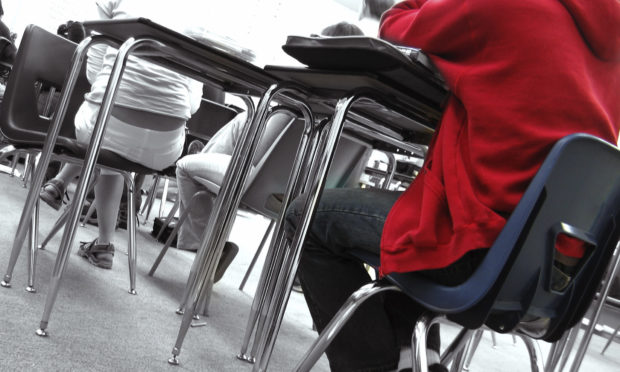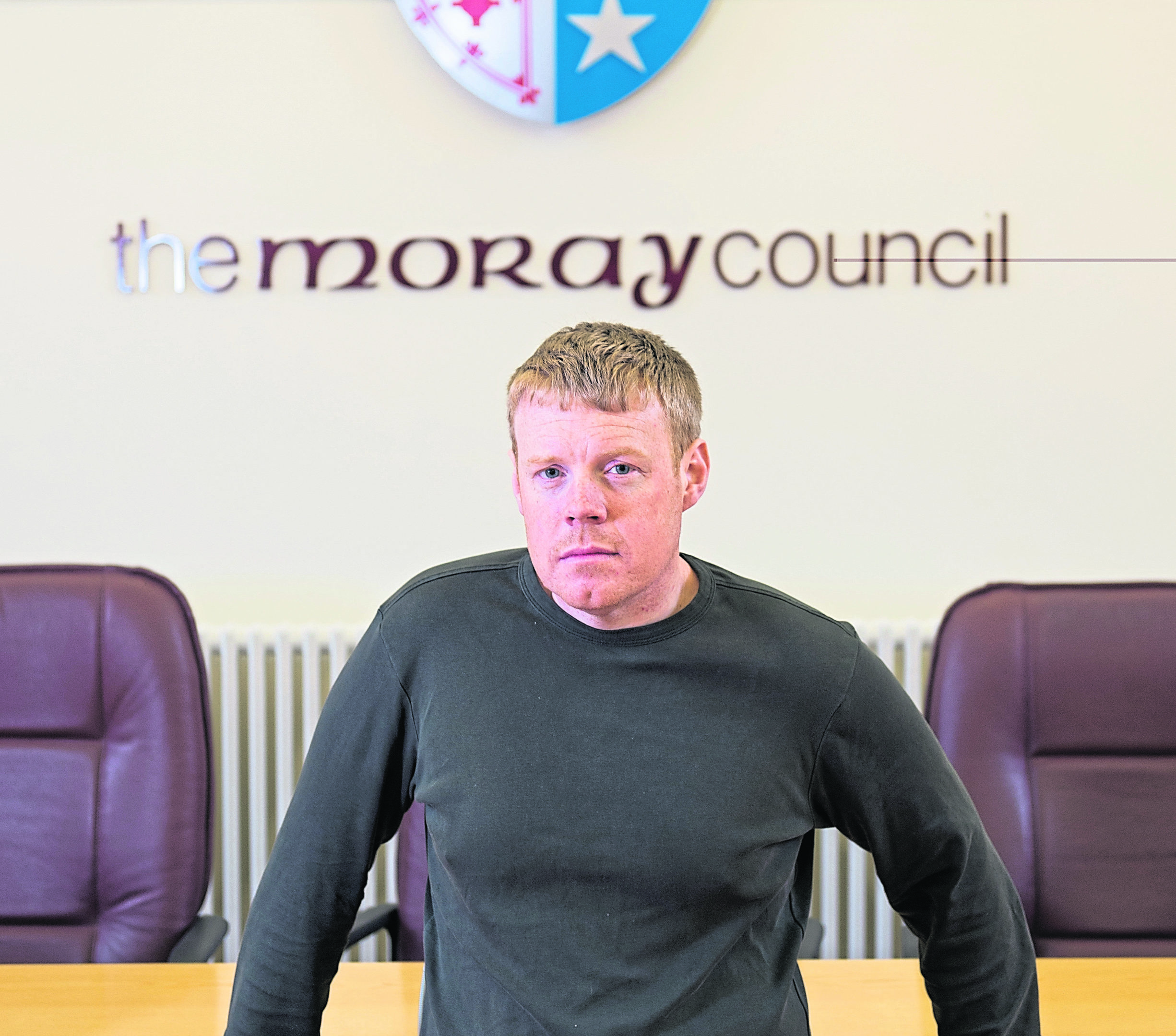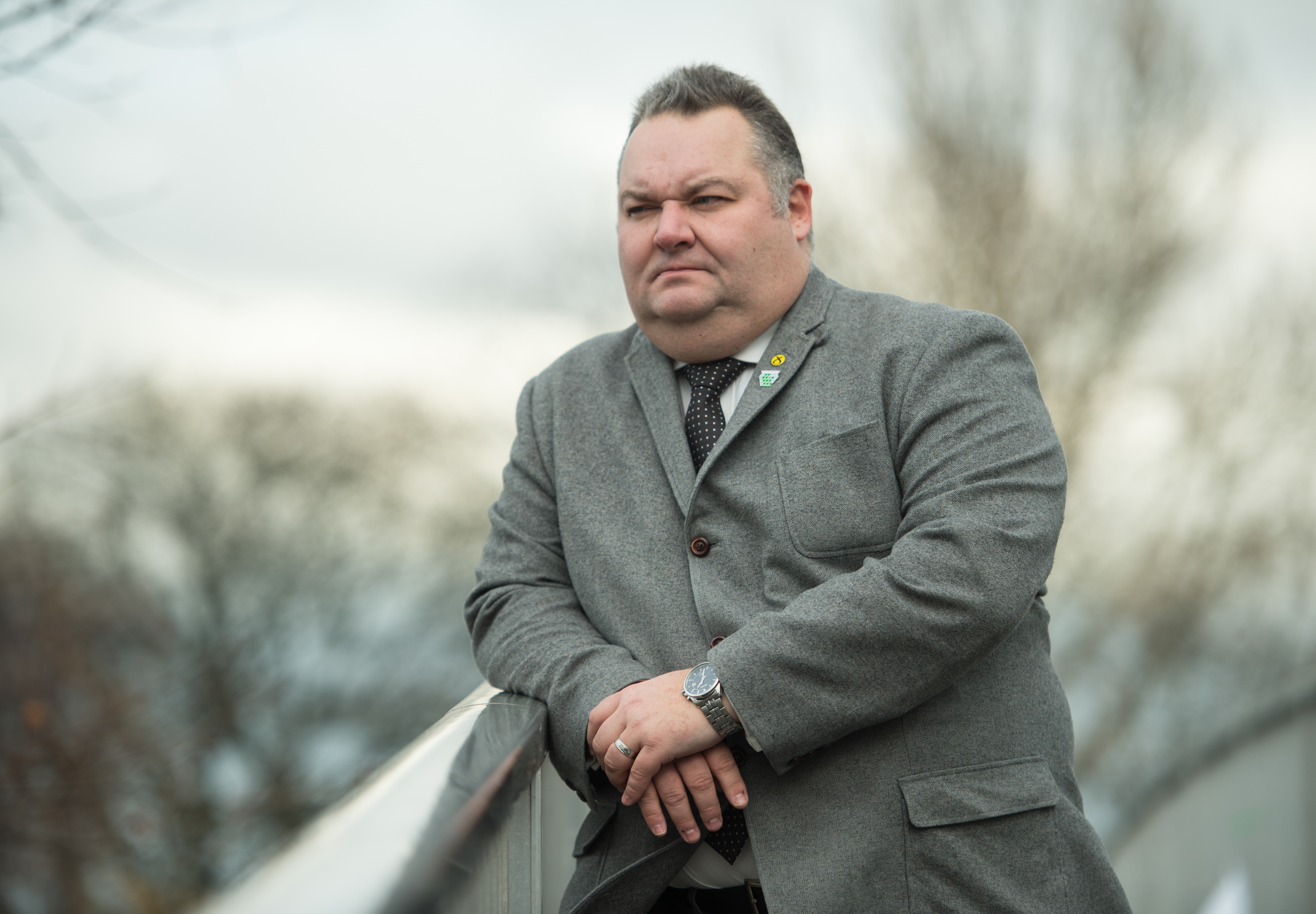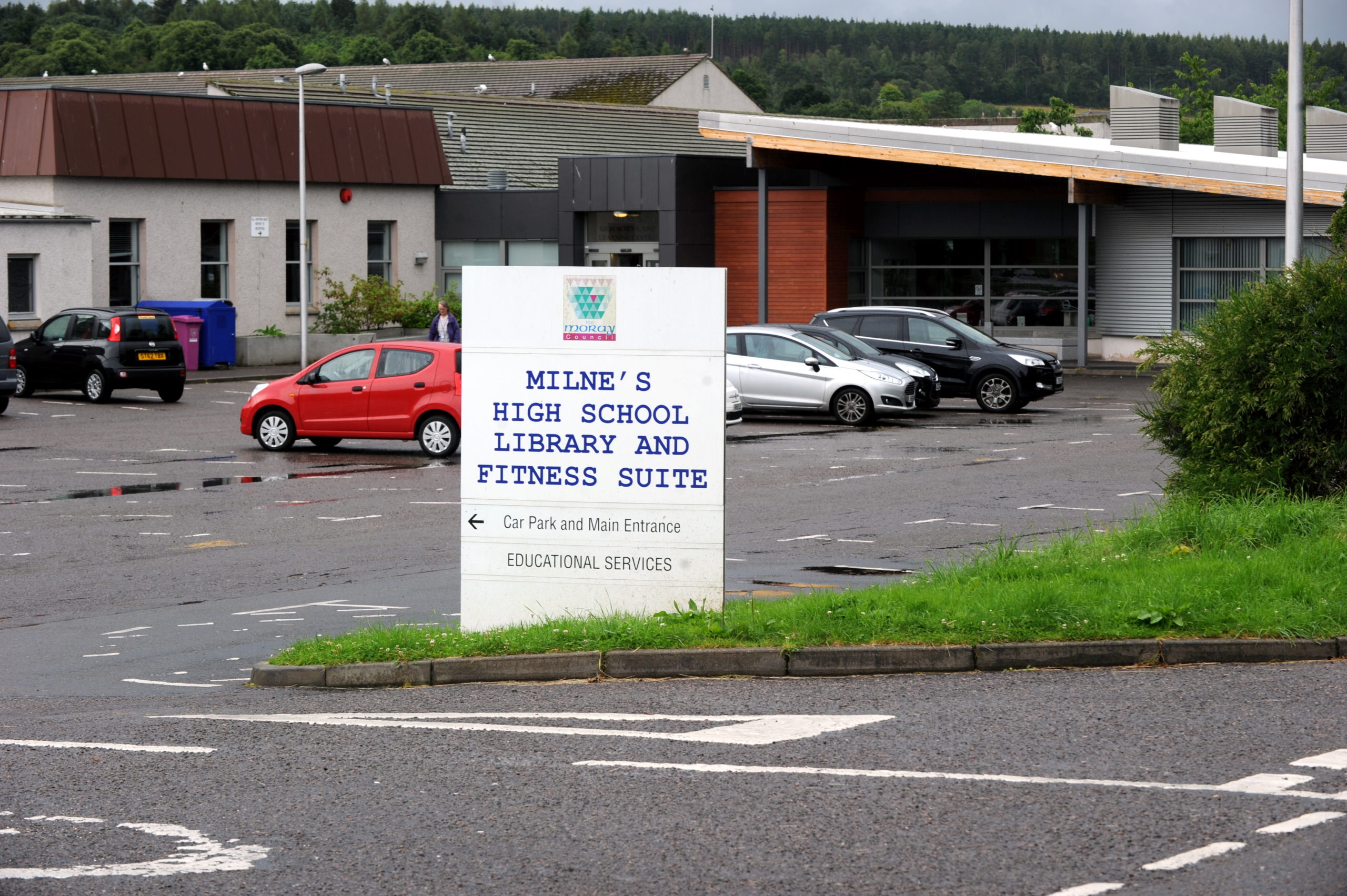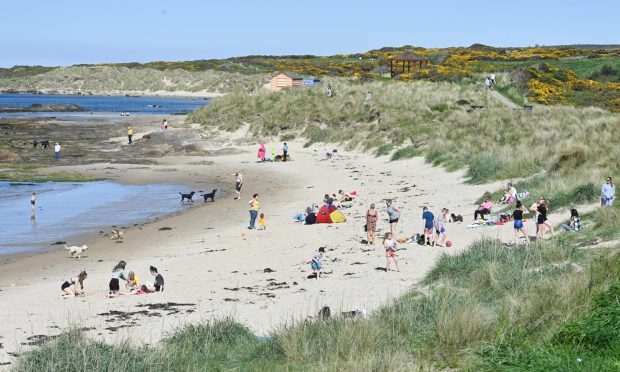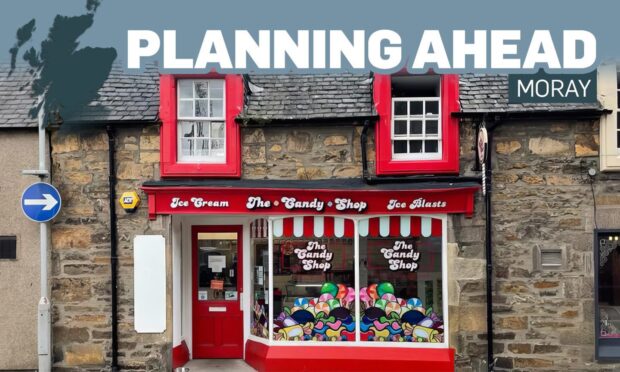A damning report has concluded that Moray Council services have “declined significantly” over the last five years – with education a particular concern.
Audit Scotland has today published a review of the authority, which warns improvements are coming too slowly with “significant gaps” in long-term financial plans and “limited confidence” it is capable of making progress.
A follow-up review has been ordered within the next 18 months to check on steps being taken.
Moray Council accepted the report made “difficult reading” but stressed more than £3million of funding had already been allocated to address the issues.
The report shines a spotlight on this, and it is unfortunately clear that the performance is still lacking. This was true in 2015 and it is still true in 2020. There has been little or no improvement.”
Tim Eagle
Statistics published by Audit Scotland revealed that Moray had dropped from 12th to 29th in national educational attainment tables.
The condition of school buildings, which are ranked as being the worst in Scotland an estimated £151million repair bill, was highlighted by officials who described the council as being “slow” to address it.
The report has described the current estate as “unaffordable” while urging the council to “reduce, replace and reconfigure” its portfolio to protect other services.
However, it acknowledged steps had already been towards a long-term schools strategy with head teacher talks while further work was halted due to the coronavirus pandemic.
Forecasts have also predicted reserve funds will run dry within four years with current spending considered “unsustainable”.
Opposition Conservative councillors have now called for a special meeting to discuss the “deeply concerning” findings.
Group leader Tim Eagle said: “While councillors set policy and strategy, the senior officers are tasked with implementing the policy, and guiding councillors as they seek to match spending with key priorities and monitor performance.
“The report shines a spotlight on this, and it is unfortunately clear that the performance is still lacking. This was true in 2015 and it is still true in 2020. There has been little or no improvement.
“I have had a hunch for a while that what we lack at the very top of the council is the kind of inspirational and innovative leadership necessary to drive change.”
Council leader Graham Leadbitter explained he was grateful to councillors who had been able to set aside differences to work with the current SNP administration.
He said: “The report also identifies a number of key areas that are challenging for the Council and which will need considerable focus in the months and years ahead.
“Some of those areas, such as school attainment are already being tackled by a renewed focus on numeracy and literacy and a more in-depth, forensic assessment of attainment that enables schools to focus in on where support is most needed.
“As with councils across Scotland and public services more generally there is growing pressure on finances, especially as people live longer and require more health and social care support. Again, this is an area that requires continuous work.”
Audit Scotland has warned “difficult decisions” will need to be taken by officers and councillors to address “poor educational attainment” and ensure finances remain sustainable.
A Moray Council spokesman said: “Whilst it makes difficult reading, the council welcomes the report and commission findings, which acknowledge the good work already underway in the areas highlighted by inspectors.
“The report and findings provide a sharpened focus on the challenges we face, and officers have begun work on a plan to address these over the next 18 months.”
Elma Murray, interim-chairwoman of Audit Scotland’s accounts commission, said: “It is deeply worrying that services for local people have declined significantly over the last five years. On the basis of past performance there is limited assurance and confidence that the council can make the significant depth of improvement needed.”
The background
The repairs backlog at schools in Moray has nearly trebled over the last four years amid a lack of investment.
Estimates in 2016 put the cost of bringing buildings up to acceptable standards at £59million.
Today the bill is £151million, while just 16 out of the authority’s 53 sites are considered as meeting the minimum standards for condition.
In 2014 the council tabled proposals to shut up to 10 primary schools and Milne’s High School in Fochabers to free up cash to invest elsewhere.
The authority argued the move would lead to £70million being spent to bring the remaining education estate up to an acceptable standard while finances dwindled to sustain other services.
However, following a campaign by parents and pupils, the plans were rejected with a five-year ban on discussing similar proposals instead agreed.
A “make do and mend” approach for repairs was initially used before being dropped due to it being considered unsustainable.
Critics of the current size of the estate argue that pupils would be served better by having fewer schools due to the council being able to concentrate resources while potentially building modern shared facilities to replace older ones.
However, supporters say schools play important roles in sustaining rural communities and could potentially be reconfigured to accommodate other local services.
